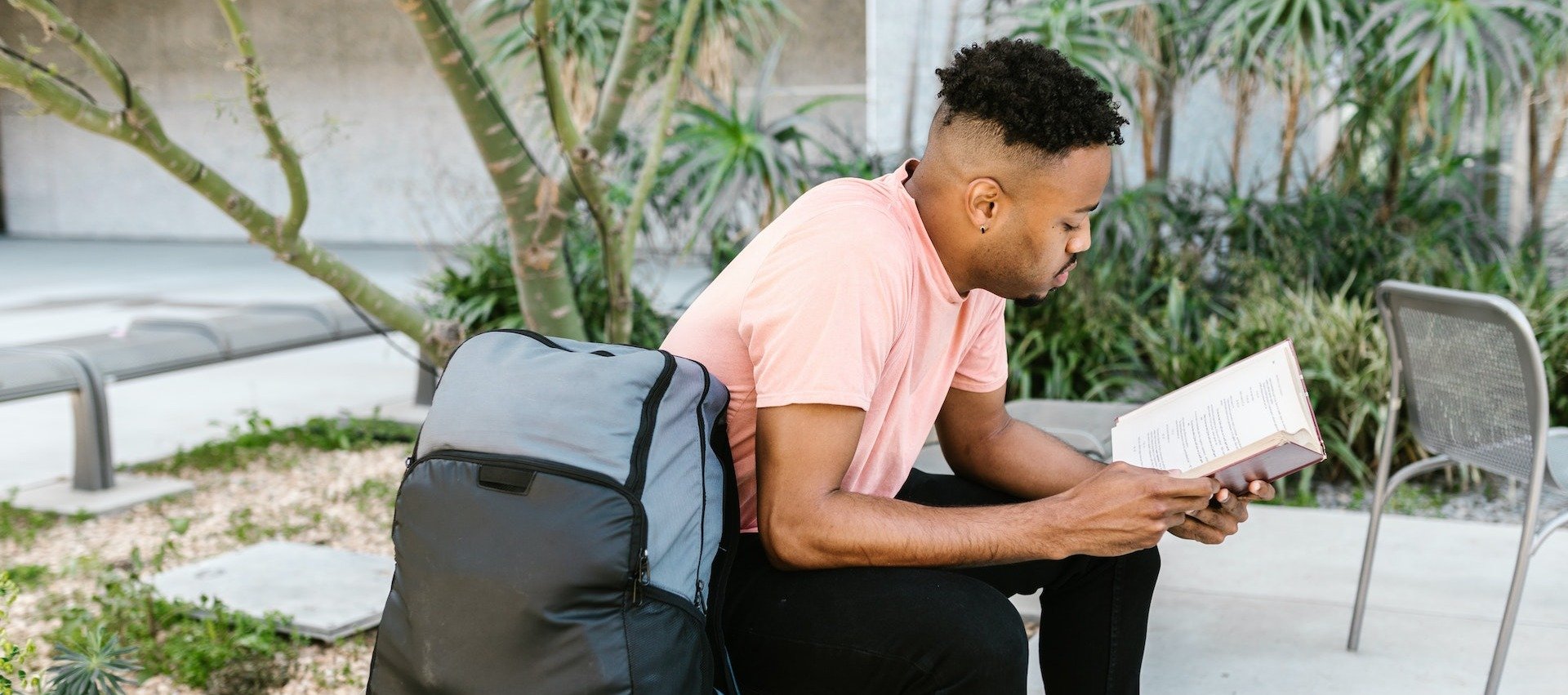When I first started teaching High School English, I was sent into a dusty basement room filled with boxes of classic novels, covered in dust and missing pages, to assign to my class. There was a clipboard hanging on a nail where I could sign out a class set of books for a period of 4 weeks - not a day longer.
To stay on track, I paced out a schedule and assigned readings and pop quizzes to get everyone moving through the book in the allotted time (sorry - former students!). I realized soon that not all students were engaged in reading A Christmas Carol, Old Man and the Sea, and the Merchant of Venice. My efforts to assign reading at night sometimes lead to blank faces and goose eggs on pop quizzes, so I did what my colleagues suggested. I used instructional time to read the book out loud like I was training for a voiceover career. If I was feeling creative, I could popcorn read, spirit read, or choral read - all excellent ways to exclude students and drive more reading disengagement. I was at a loss!
This one-size-fits-all approach to reading put pressure on me to do most of the work - trapping me at the front of the classroom to read out loud, ask questions by pulling popsicle sticks, and paraphrasing critical passages.
Save yourself from these painful practices! We know better now, so it’s time to shake things up and shift from a teacher-led, whole-group model to one that incorporates universally designed and blended learning practices. This doesn’t mean every student has to read a different text, but goodness, we need options for them to access texts in different ways. We have to leverage digital technology to offer hard copies to those students who thrive with a book in their hands while ensuring access to ebooks, audio versions, and paired text sets.
Cat Tucker and I provide additional strategies for giving the whole class read a makeover in our book, The Shift to Student-Led. One idea is to create a reading playlist. Once you design a playlist (access template here) you can empower students to work through an assigned text or choose an engaging, challenging, culturally responsive text. The playlist is designed to help students develop critical comprehension skills that apply to every content area, such as:
- Identifying the main idea
- Reading actively, and
- Defining unfamiliar words
When students self-pace through the reading and work on the learning activities in the playlist, you can use your time for personalized instruction and support for learners who need it (by pulling individuals or working with small groups). This time is crucial as it allows you to connect with your students, collect formative data, and make revisions to their playlists to ensure they continue to develop as readers.
When given the choice of topic or method, the right scaffolds, and the opportunity to self-pace, students will be more engaged in reading to learn - not just those who were strong readers from the start. And you can save your voice for more important things, like Friday night karaoke.
For more tips and strategies for shifting one-size-fits-all reading practices, check out the video below.
Continue Your Learning:
- Discover The Shift to Student-Led by Catlin Tucker and Katie Novak
- Close Reading and Shared Reading: What’s the Difference?



